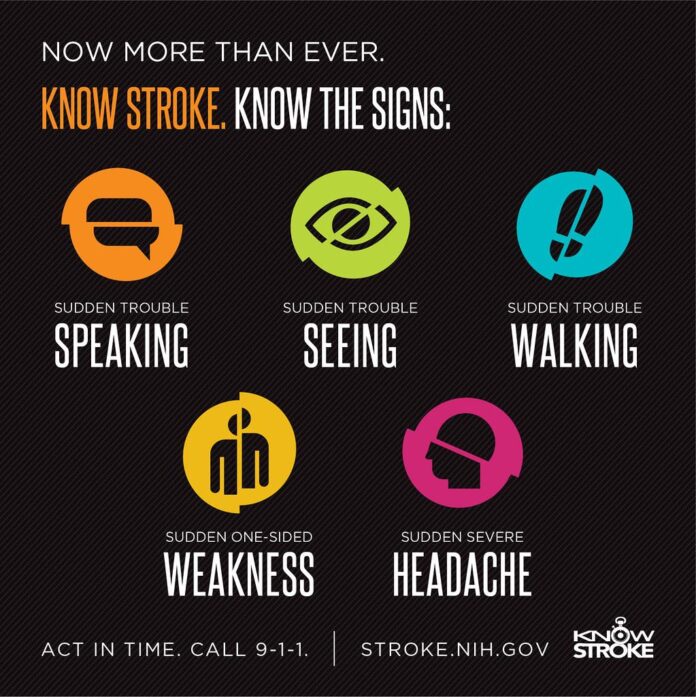
A panic attack is a sudden and intense episode of fear and anxiety. It can happen without warning and can be very frightening. Panic attacks can occur at any time, even during sleep. It is important to recognize the symptoms of a panic attack so that you can seek help and treatment if necessary. In this article, we will discuss the common symptoms of panic attacks and how to manage them.
1. Chest Pain and Racing Heart
One of the most common symptoms of a panic attack is chest pain and a racing heart. Many people describe it as feeling like they are having a heart attack. The chest pain and heart palpitations are often accompanied by a sense of impending doom, making the experience all the more frightening. The sudden surge of adrenaline during a panic attack can cause the heart to race, leading to these symptoms. If you experience chest pain and a racing heart, it is important to seek immediate medical attention to rule out any serious issues.
2. Shortness of Breath and Hyperventilation
During a panic attack, some people experience shortness of breath and hyperventilation. This happens when the body’s fight-or-flight response is triggered, causing rapid and shallow breathing. The feeling of not getting enough air can intensify the panic attack, leading to more anxiety and fear. To manage this symptom, it is important to practice deep breathing exercises and focus on regulating your breathing patterns.
3. Dizziness and Lightheadedness
Dizziness and lightheadedness are common symptoms of a panic attack. These sensations can make you feel unsteady and disoriented, adding to the overall feeling of fear and anxiety. It is important to sit or lie down if you experience dizziness during a panic attack to prevent any falls or injuries. Focusing on a fixed point and practicing grounding techniques can help manage these symptoms.
4. Trembling and Shaking
Many individuals experience trembling and shaking during a panic attack. This is the body’s natural response to the surge of adrenaline and the intense fear experienced during an attack. It is important to try to relax and focus on grounding techniques to calm the body and reduce the trembling and shaking. Deep breathing and progressive muscle relaxation can also help manage these symptoms.
5. Sweating and Chills
Sweating and chills are common physical symptoms of a panic attack. The sudden rush of adrenaline can cause the body to sweat excessively, while the intense fear and anxiety can lead to chills. It is important to ensure that you are in a comfortable environment and to remove any excess layers of clothing if you experience sweating and chills during a panic attack. Deep breathing and mindfulness techniques can also help regulate body temperature and reduce these symptoms.
6. Nausea and Stomach Upset
During a panic attack, some people experience nausea and stomach upset. These symptoms can be very uncomfortable and can add to the overall distress of the attack. It is important to try to relax and focus on deep breathing exercises to calm the body and reduce the sensation of nausea and stomach upset. It may also be helpful to avoid consuming any food or drink that may exacerbate these symptoms.
7. Fear of Losing Control or Going Crazy
One of the most distressing aspects of a panic attack is the fear of losing control or going crazy. Many individuals feel like they are losing their minds during an attack, leading to even more fear and anxiety. It is important to remind yourself that these thoughts are a common symptom of a panic attack and are not representative of reality. Practicing grounding techniques and positive self-talk can help manage these fears during an attack.
8. Feelings of Numbness or Tingling
During a panic attack, some people may experience feelings of numbness or tingling in their extremities. This is a result of the body’s fight-or-flight response, which can cause a temporary decrease in blood flow to certain areas of the body. It is important to try to relax and focus on deep breathing exercises to help regulate blood flow and reduce the sensations of numbness and tingling. Moving around and stretching can also help alleviate these symptoms.
9. Feeling Derealization or Depersonalization
Some individuals experience feelings of derealization or depersonalization during a panic attack. Derealization is the feeling that the world around you is unreal or unfamiliar, while depersonalization is the feeling that you are detached from yourself or your surroundings. These symptoms can be very distressing, but it is important to remind yourself that they are a common part of a panic attack and will pass. Practicing grounding techniques and mindfulness can help manage these sensations.
10. Intense Fear and Anxiety
Overall, the most prevalent symptom of a panic attack is intense fear and anxiety. The sudden and overwhelming surge of fear can make it feel like the world is ending, leading to a sense of impending doom. It is important to remind yourself that these feelings are temporary and that you will get through the panic attack. Seeking help and support from loved ones or mental health professionals can also provide comfort and guidance during these difficult moments.












